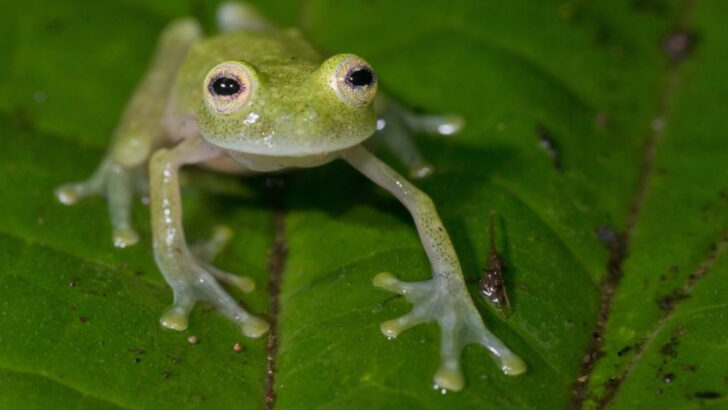They may look like porcelain dolls—but they fight like tanks.
Some creatures seem too delicate for this wild world. Glassy wings, see-through skin, bones you swear would snap in a stiff breeze. But don’t be fooled by their dainty exteriors.
These animals are survivors.
They’ve endured crushing pressure, frozen wilderness, toxic enemies, and predators ten times their size.
They aren’t just tough—they’re secretly savage.
From the tiniest jelly-like blobs to birds that look like a breeze might blow them away, these fragile-looking fighters have tricks that’ll leave you stunned—and a new respect for the quiet power of nature’s underdogs.
Glasswing Butterfly

With wings as delicate as stained glass, the Glasswing Butterfly flutters through the tropical rainforests of Central and South America. Its transparent wings give it an ethereal appearance, but don’t be fooled by its fragile look. This butterfly is a master of survival.
Camouflaging seamlessly among the foliage, it evades predators with ease. The Glasswing Butterfly travels great distances during migration, showcasing its enduring strength.
Did you know? These butterflies feed on toxic plants, rendering themselves unpalatable to would-be predators. An enchanting blend of beauty and resilience.
Sea Horse
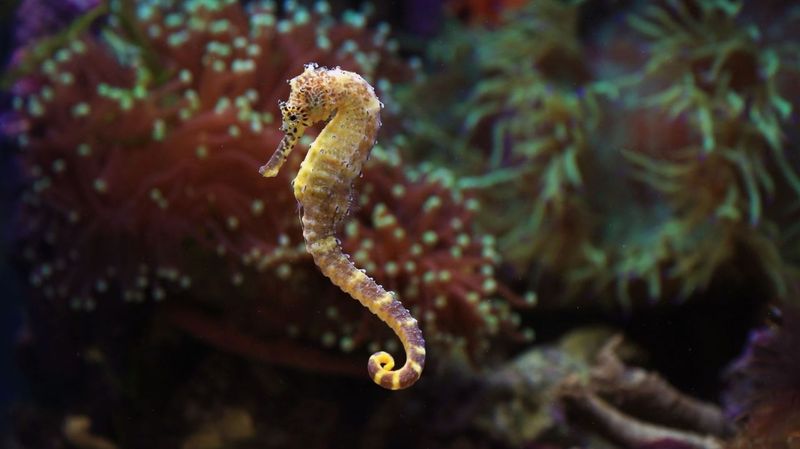
The Sea Horse, with its delicate, intricate structure, seems too fragile for the ocean’s depths. Yet, this tiny creature exhibits remarkable tenacity. Anchoring itself with a prehensile tail, it rides out ocean currents with ease.
Sea Horses are steadfast parents. Males carry eggs in a specialized pouch, ensuring the young are safe until birth.
Fun fact: These creatures can change color to blend into their surroundings, a defensive tactic against predators. Their unique shape and survival strategies make them a fascinating study in resilience underwater.
Man-of-War Jellyfish
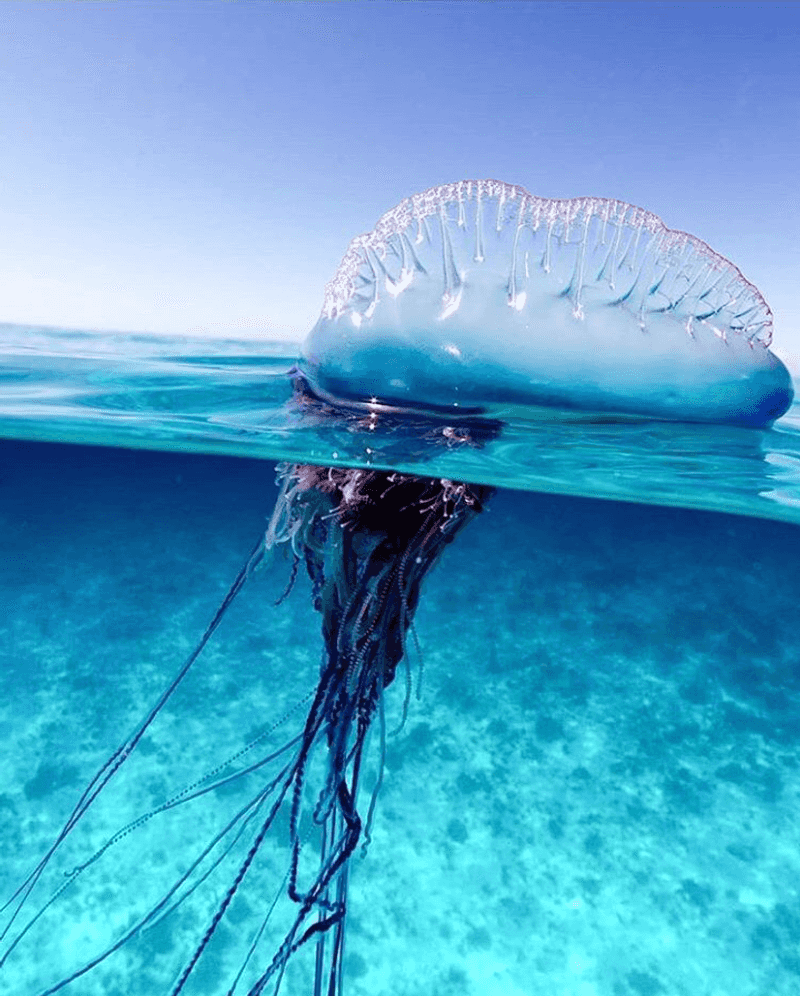
Drifting like a ghostly apparition, the Man-of-War Jellyfish is a marvel of the seas. Its translucent body appears vulnerable, yet its sting is feared by many sea creatures.
This jellyfish isn’t a single organism but a colony working in unison. Tentacles can reach up to 165 feet, delivering potent venom to incapacitate prey.
Despite its delicate appearance, the Man-of-War can withstand harsh ocean conditions, drifting vast distances across the oceans. Its resilience lies in its intricate structure and cooperative living style.
Leaf Insect
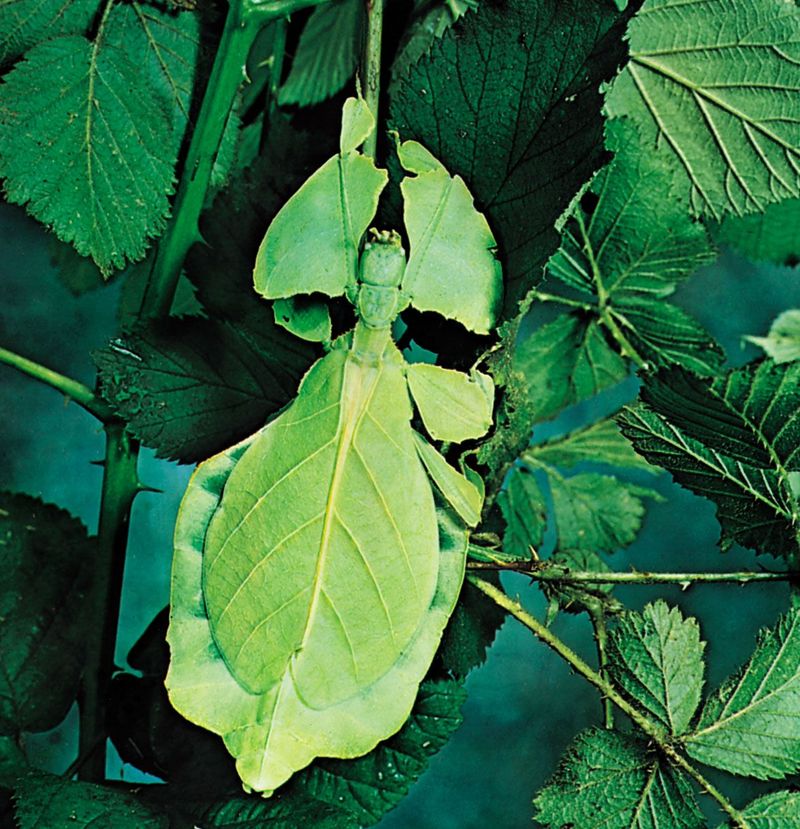
The Leaf Insect is a master of disguise. With its body mimicking the exact texture and color of leaves, it’s an illusion of fragility.
Yet, beneath this delicate façade lies a tough survivor. These insects withstand predators by remaining motionless, blending seamlessly into their environment.
Their resilience is evident in their ability to regenerate lost limbs. A perfect example of how appearances can be deceiving, the Leaf Insect’s ability to adapt and survive is astonishing.
Pipefish
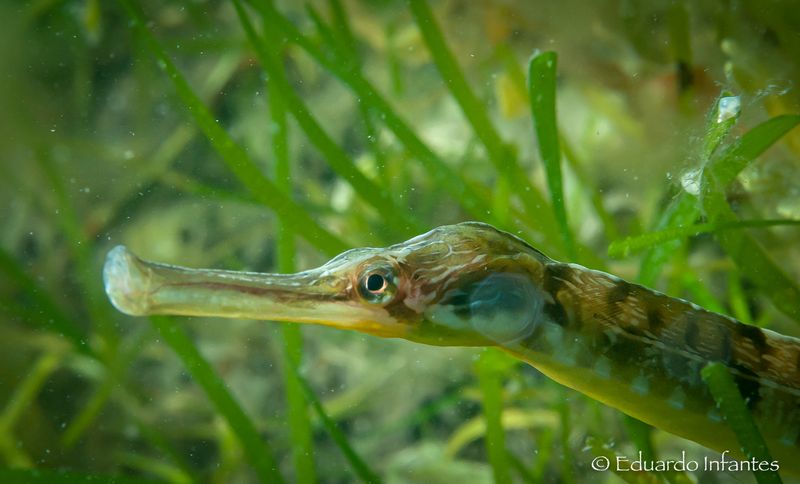
Resembling a floating twig, the Pipefish glides through seagrass beds with uncanny grace. Despite its fragile look, it harbors a unique toughness.
Like its relative, the Sea Horse, the male Pipefish carries eggs. This role reversal ensures species survival in varied environments.
Its elongated shape and rigid structure allow it to navigate complex underwater terrains. A fascinating creature, the Pipefish showcases nature’s ingenuity in survival strategies.
Snow Goose
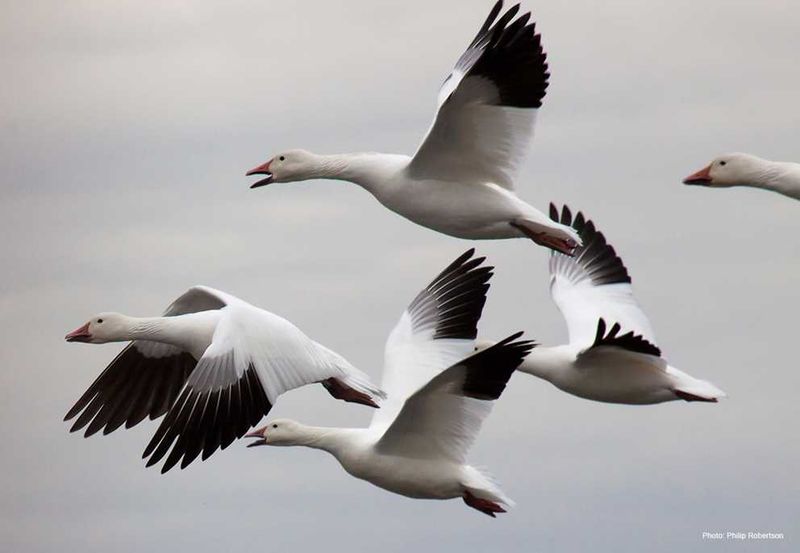
The Snow Goose, with its pure white plumage, seems too delicate for harsh Arctic conditions. Yet, it is a testament to endurance and strength.
These geese migrate thousands of miles, braving extreme climates. Their ability to fly continuously over long distances is remarkable.
The Snow Goose’s resilience is not just physical but communal, as they travel in large flocks, offering protection and support against predators.
Peacock Spider
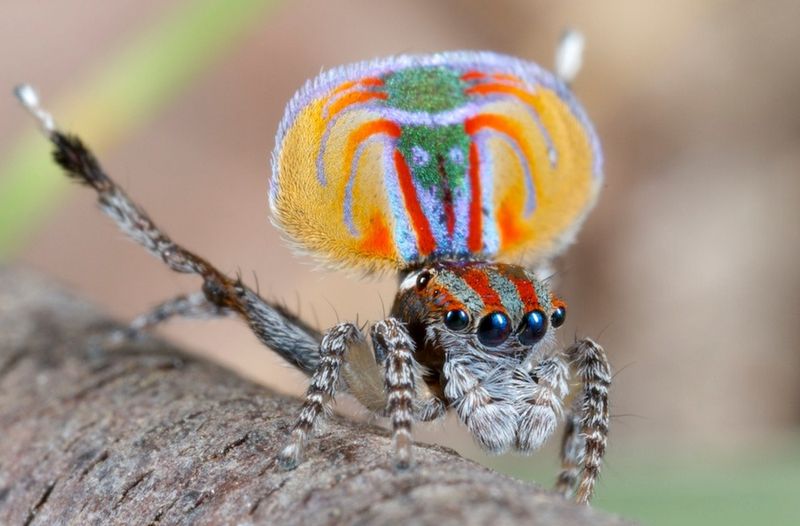
Tiny yet captivating, the Peacock Spider is a marvel of nature. Its vibrant colors and elaborate dances make it appear fragile, but this spider is a formidable hunter.
Despite its small size, it uses precise movements to capture prey, showcasing agility and precision.
A fun fact: Male Peacock Spiders perform intricate dances to attract mates, risking predation to secure a partner. Their boldness and adaptability highlight their surprising toughness.
Glass Frog
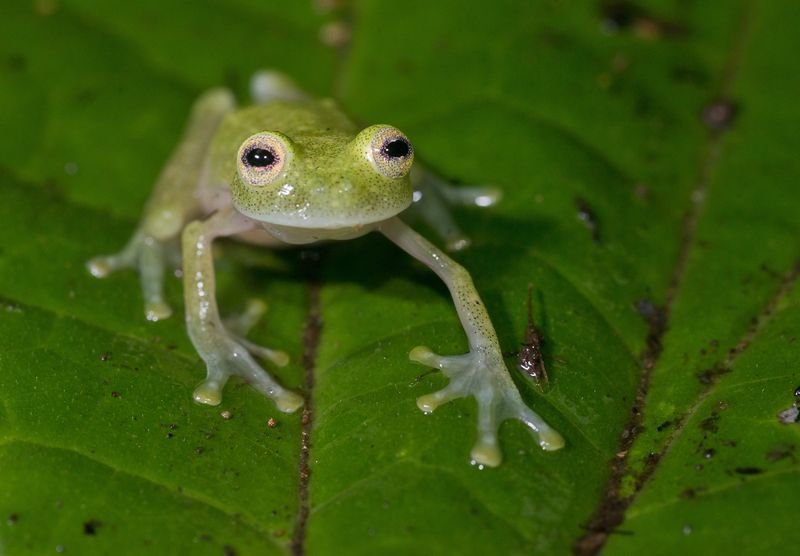
The Glass Frog, with its translucent skin, offers a window to its inner workings. While it appears delicate, it thrives in the treetops of Central and South American forests.
This frog’s transparency helps it blend into leaf litter, providing excellent camouflage against predators.
Despite its fragile look, the Glass Frog demonstrates resilience in its arboreal habitat, maintaining moisture and evading predators with agility and stealth.
Kinabalu Giant Red Leech
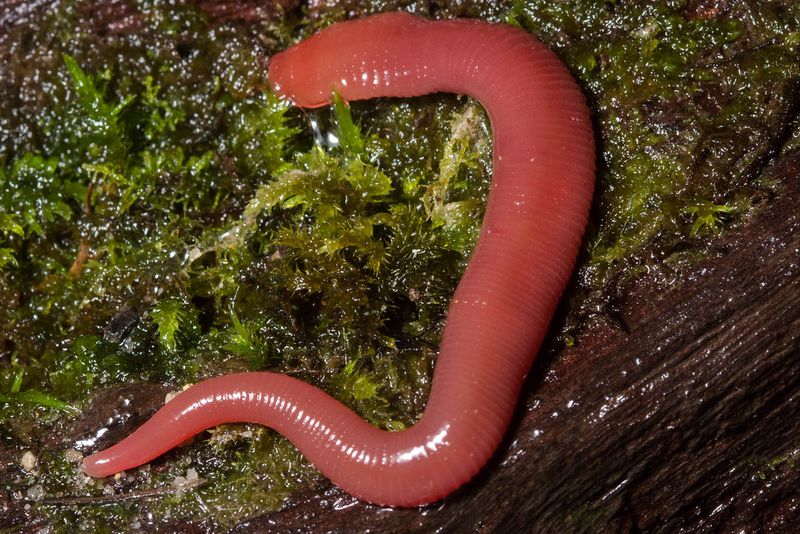
While leeches often inspire discomfort, the Kinabalu Giant Red Leech is an intriguing creature. Its bright red coloring is striking, yet surprisingly robust in the mountains of Borneo.
Feeding primarily on earthworms, it navigates the forest floor with ease. Its size and color make it a fascinating subject for study.
Did you know? Despite its size, this leech plays a crucial role in its ecosystem, aiding in nutrient recycling. An example of strength masked by an unassuming appearance.
Antarctic Krill
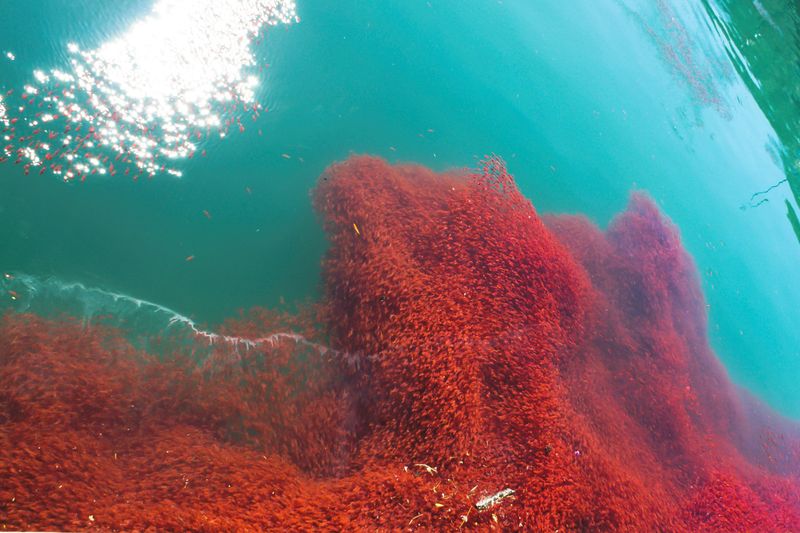
These tiny creatures form the backbone of the Antarctic food web. Though small and seemingly fragile, Antarctic Krill endure extreme cold and pressure.
Their ability to swarm in massive numbers provides a defense mechanism against predators.
Krill undergo migrations covering great distances, showcasing their durability. Their role in the ecosystem is vital, supporting larger marine life.
Green Basilisk Lizard

Known for its ability to run on water, the Green Basilisk Lizard, or “Jesus Lizard,” captivates with its agile prowess. Its vibrant green scales are eye-catching, yet it remains a resilient survivor.
This lizard utilizes speed and agility to escape predators, dashing across water surfaces to evade capture.
Its adaptability to various environments and quick reflexes highlight an impressive toughness beneath its delicate appearance.
Fairy Fly
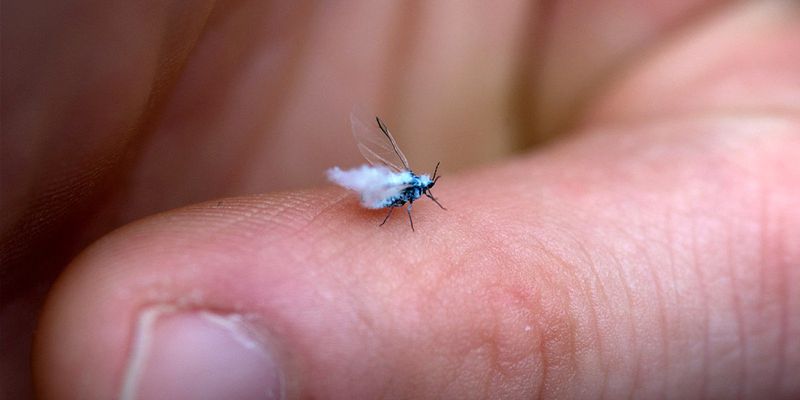
Barely visible to the naked eye, the Fairy Fly is one of the smallest insects in the world. Its gossamer wings suggest fragility, yet it survives against the odds.
This tiny wasp lays its eggs inside the eggs of other insects, ensuring its offspring’s survival in a competitive environment.
The Fairy Fly’s minute size allows it to exploit niches unavailable to larger creatures, showcasing a surprising robustness.
Axolotl
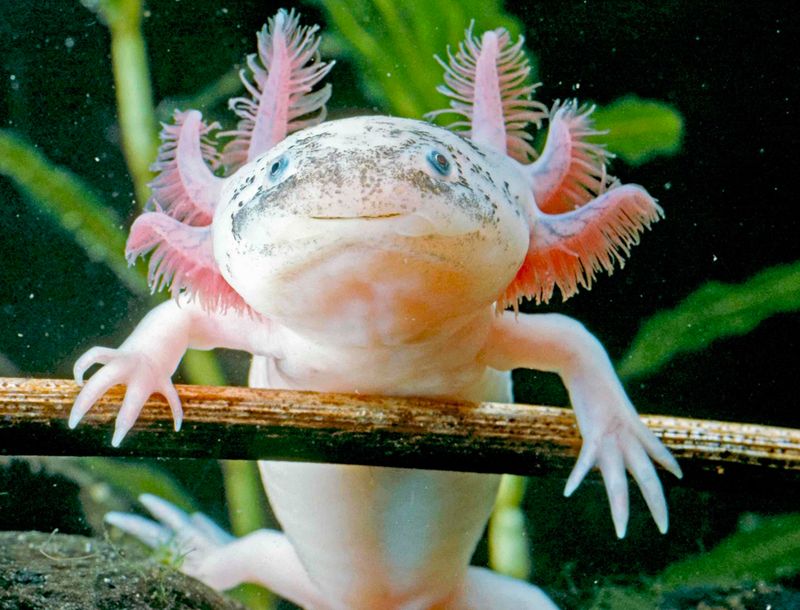
The Axolotl, often dubbed the “walking fish,” fascinates with its unusual appearance. Its soft body and external gills seem delicate, yet it possesses incredible regenerative abilities.
Found in the canals of Mexico, it can regenerate entire limbs, showcasing a resilience rarely seen in nature.
Despite environmental threats, the Axolotl survives in its native habitat, a testament to its remarkable toughness.
Sand Dollar

Sand Dollars, with their intricate patterns, are often mistaken for fragile shells. Yet, these marine creatures thrive beneath sandy ocean floors.
Their rigid skeletons and ability to burrow into sand protect them from predators and harsh ocean currents.
A fun fact: When alive, Sand Dollars are covered in tiny, velvety spines, aiding in mobility and feeding. Their survival tactics highlight nature’s hidden strengths.
Goliath Birdeater
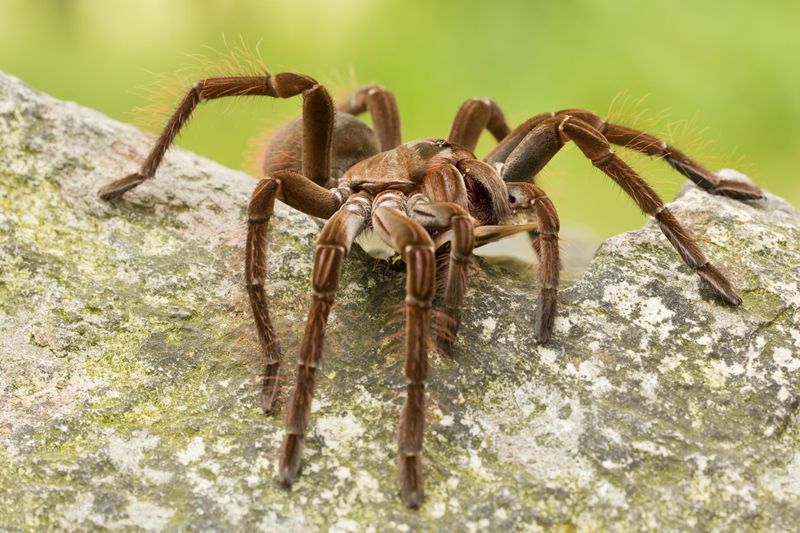
The Goliath Birdeater, despite its fearsome name, is often misunderstood. Its large, hairy body might appear fragile, but it is one of the toughest arachnids.
This tarantula’s impressive size aids in capturing various prey, demonstrating strength and adaptability.
Did you know? The Goliath Birdeater can regenerate lost legs, showcasing its resilience. Its presence in the Amazon embodies the untamed power of nature.

